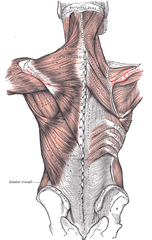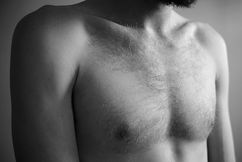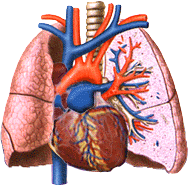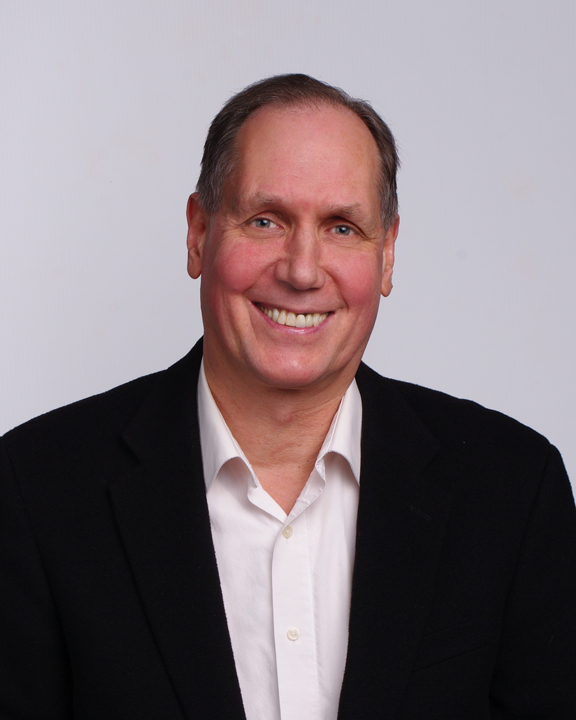
These include dietary stresses even from so-called healthy diets that leave out major nutrients. Irregular lifestyles, too little or too much exercise, not enough natural light, noise, pollution, electromagnetic field stress plus many others wreak havoc on our health.
Body work pioneers such as Thomas Hanna and Thomas Griner discovered that stress creates muscle tension and continuous spasms that cut off the circulation to bones, joints, organs and glands. This leads to diseases as diverse as back pain, allergies, chronic fatigue and even cancer and heart disease.
Here is why this happens. There are many types of muscles including cardiac, skeletal and smooth muscle walls of internal organs and many parts of the body. Skeletal muscles make up the bulk of your muscles at 50 percent of your body mass. Many muscles are involuntary, or not under conscious control. Skeletal muscles are both voluntary and involuntary.
Skeletal muscles naturally contract when you stand or are sitting upright. But in order to stay healthy, skeletal muscle needs to relax after every contraction.
The capillaries deliver fresh arterial blood containing oxygen and nutrients to the muscle and exchange them in the cells for carbon dioxide and metabolic waste, hence becoming venous blood. Because many skeletal muscles close like fists around their tiny blood vessels during contraction, waste products can be removed only when these muscles relax. Each contraction should be immediately followed by a full relaxation in order to clear the muscle of waste.
Things start to go wrong in the muscles when this doesn’t happen, and this is partly what doctors don’t understand. Doctors are typically not trained to know how muscle malfunctions, or even acknowledge that it can and usually does malfunction, by permanently automatically contracting to the point that it impinges on nerves, squeezes joints together, cuts off circulation, and even disturbs body chemistry.
There is evidence according to Thomas Hanna’s brilliant work that muscles contract under any kind of physical, mental or emotional stress. A normal response to any kind of stress is for the muscles to contract whether it be for the beneficial effect of learning something new, physical exercise or emotional strain.
If the stress, whether good or bad occurs often enough, the body muscles can be locked in contraction. At first, the back of the body is affected. If the stress occurs too often or too long, the front of the body starts to contract. Traumas can throw off the balance of the right and left sides of the body by creating excess contraction on one side.
When the muscles are contracted, lactic acid builds up in the muscle. Lactic acid is toxic waste produced during your body’s energy combustion of glucose and oxygen; it must be removed through the veins to the liver. If the lactic acid is not removed, it sends a signal to the brain to keep contracting. Pain may or may not be felt because the body produces natural pain killers called endorphins. Contracted muscles are muscles that are in continual spasms.
The buildup of lactic acid occurs through any physical, mental or emotional stress. On a physical level, that’s exactly what happens when muscles are overstretched and/or held in static stretch, injured, overused (i.e. too many repetitions of any contraction with not enough rest time between contractions - running long distances), or underused (yes, couch potatoes get spastic too).
Something must be done to release the muscle tension before it impacts the joints or organs to create damage and disease. If there is already damage to the joints or organs that is creating disease, it is important to physically correct these muscle contractions.
I discovered that one must release the muscle tension by the right kind of exercise and/ or massage. Some forms of massage and stretching can actually create more muscle tension.
There are several ways that I’m teaching people to release the muscle tension. Here are a few:
- Avoid long periods of exercising that create layers of contraction in the muscles such as heavy weight training and long distance running and bicycling. Moderate practices of these exercises are fine as long as you release the tension in the muscles after. The bulging muscles of body builders are muscles in chronic contract. Could there be a connection with the severe heart disease that several well-known body builders have suffered?
- Avoid overstretching muscles. Gentle stretches that are held for short periods are more effective.
- Learn chi gung exercise sets. These sets include gently dynamic stretching that releases the muscles.
- Study Somatic movements. These movements work by getting your brain to release the muscle tension.
- Gentle massages are helpful, but avoid deep massage. Deep massage can create more muscle tension.
I teach chi gung and somatic movements, and give somatic acupressure bodywork. All these methods help release muscle contractions and spasms as part of restoring and maintaining health.
Cutting out stress by correcting one’s diet, lifestyle and thinking is important to stop the causes of stress.
Incorporating exercises that release the muscle tension caused by stress is important.
Stress can be considered light wet cement. If the original tension is not corrected, the wet cement becomes hardened. Over time this hardened cement or muscle tension starts to cut off the circulation to our organs and systems, making us feel bad emotionally, mentally and physically.
Somatics: Reawakening the Mind's Control of Movement, Flexibility, And Health by Thomas Hanna
Somatic Yoga by Eleanor Criswell





 RSS Feed
RSS Feed